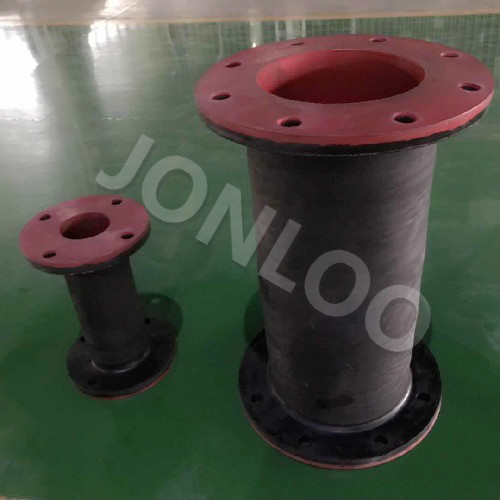.jpg?q=80&fm=webp&s=8e97f8e4402a273d0f0ebd062c069db7)
JONLOO obtained the ATEX certificate from ECM
- Dec 16, 2019
- Hits: 118
ATEX stands for atmosphères explosibles. It’s a European Union Directive from the European Committee for Standardization that covers “equipment and protective systems intended...

JONLOO Pnematic Control Valve ready for delivery
- Nov 26, 2019
- Hits: 53
JONLOO has just finished the production of Pneumatic Control Valves for our client. The order details are as below, Pneumatic Control Valve Model: ZSQ402 DN25-PN40 2 way ...
.JPG?q=80&fm=webp&s=36ffe443a7bad319295afba2e7ed6b1a)
JONLOO Gate Valves and Check Valves delivered to German Customer
- Nov 21, 2019
- Hits: 53
We are glad to deliver the finished goods to our German customer on time. It is the third order placed by them. For this order, some are the same specifications as before and some are new specifications....
.JPEG?q=80&fm=webp&s=b5d6361f5855047ed55af4160972f9cc)
JONLOO ASTM A217 Casting Valves for High-Temperature Service
- Oct 29, 2019
- Hits: 228
What is WCB/LCB/LCC/WC6/WC9 in valve? W, Wrought; C-Carbon steel; A, B, C stands for the strength of the steel grade from low to high ...
.jpg?q=80&fm=webp&s=c00745fc1a7816c916b73a1153bcf0dd)
What is Magnetic particle inspection (MPI)
- Oct 28, 2019
- Hits: 170
Magnetic Particle Testing (MPT), also referred to as Magnetic Particle Inspection, is a nondestructive examination (NDE) technique used to detect surface and slightly subsurface flaws...

JONLOO Pinch Valve Sleeves
- Sep 30, 2019
- Hits: 30
The most important part of any pinch valve is its elastomer sleeve. The sleeve is truly the "heart" of the pinch valve, providing corrosion and abrasion resistance and pressure containment....

What is JONLOO Diaphragm Valve
- Sep 30, 2019
- Hits: 36
A diaphragm valve is different in structure from the general valves. It is a new type of valve and a special type of shut-off valve widely used in various fields. Its opening and closing member...

DIN GATE VALVES FOR EUROPEAN CLIENT
- Sep 21, 2019
- Hits: 46
We delivered Flanged gate valves with rising stem to our European client. The valve sizes are DN300 and nominal pressure are PN16 or PN25. Customer has very high requirements on the products....

JONLOO Super Duplex SAF2507 Butterfly Valves Ready for delivery
- Sep 20, 2019
- Hits: 67
The order of 20pcs of Super Duplex Stainless Steel Butterfly Valves has finished by JONLOO. Super Duplex SAF2507 is applied for valve body and disc. The seal ring is made of inconel and graphite and stem...

What is Plug Valve
- Aug 14, 2019
- Hits: 153
What is Plug Valve? Plug valve is Quarter-turn rotary motion Valve that uses a tapered or cylindrical plug to stop or start the flow. The disk is in plug shape, which has a passage to pass the flow. In...
.jpg?q=80&fm=webp&s=07ad42e760b8c87c29518e84b75dc25e)
THE DIFFERENCE BETWEEN A LUG AND WAFER BUTTERFLY VALVE
- Jul 01, 2019
- Hits: 649
Butterfly valves have been around for a long time, and are used for a variety of applications. They made their first appearance during the 1930s, and have been utilized by several industries ever since....
.jpg?q=80&fm=webp&s=f87560dea233f8efbf5654ca6b265df0)
Types of Check Valves
- Jul 01, 2019
- Hits: 614
Check valve is used to stop back flow in a piping system. This is also called Non return Valve (NRV). Types of Check Valves Check valves are available in the following designs: Swing Check Valves...